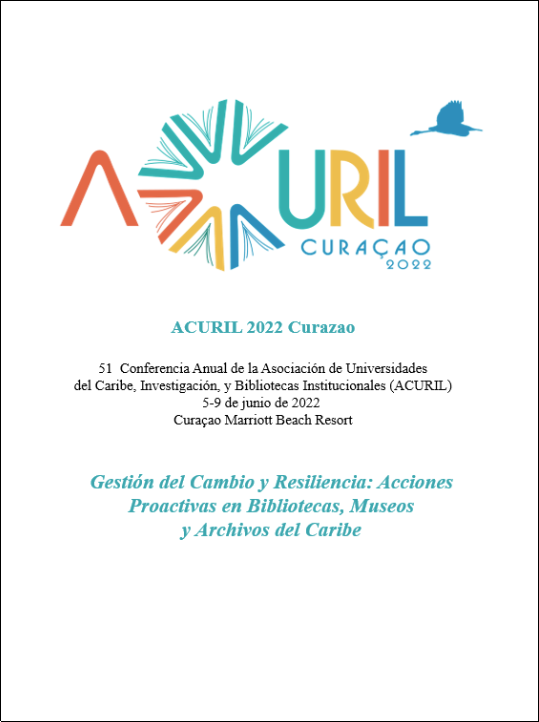Abstract
In recent years, there has been progress in initiatives to promote accessibility through the approval of various laws passed both locally and globally, as well as programs that complement social awareness, and the integration of various technologies. Despite these initiatives, they are not fully implemented, so people continue to face accessibility barriers.
The digital transformation, accelerated by the current COVID-19 pandemic, has brought with it additional challenges such as the digital divide and strategies to educate users with and without disabilities to retrieve information in an effective and accessible manner. The population with functional diversity presents several additional challenges, as many of the resources do not pursue Universal Design when creating their products. Although we have the technology at our fingertips, we usually fail to integrate in electronic services and on the web, aspects that promote accessibility such as: ease of navigation, compatibility with screen readers, that documents have optical character recognition, images contain description, audiovisual materials have captions, compatibility with mobile technology, among many others.
In this presentation, we will briefly explain how various cutting-edge technologies, such as Big Data, geotagging, artificial intelligence and augmented reality, can be of great help when designing accessible virtual spaces.

This work is licensed under a Creative Commons Attribution-NonCommercial-NoDerivatives 4.0 International License.

